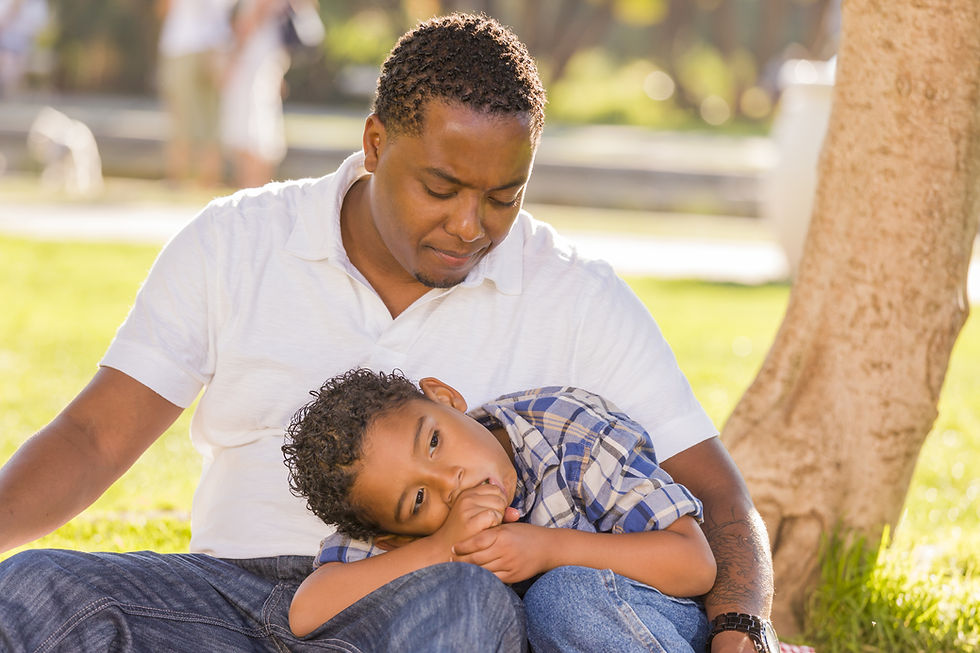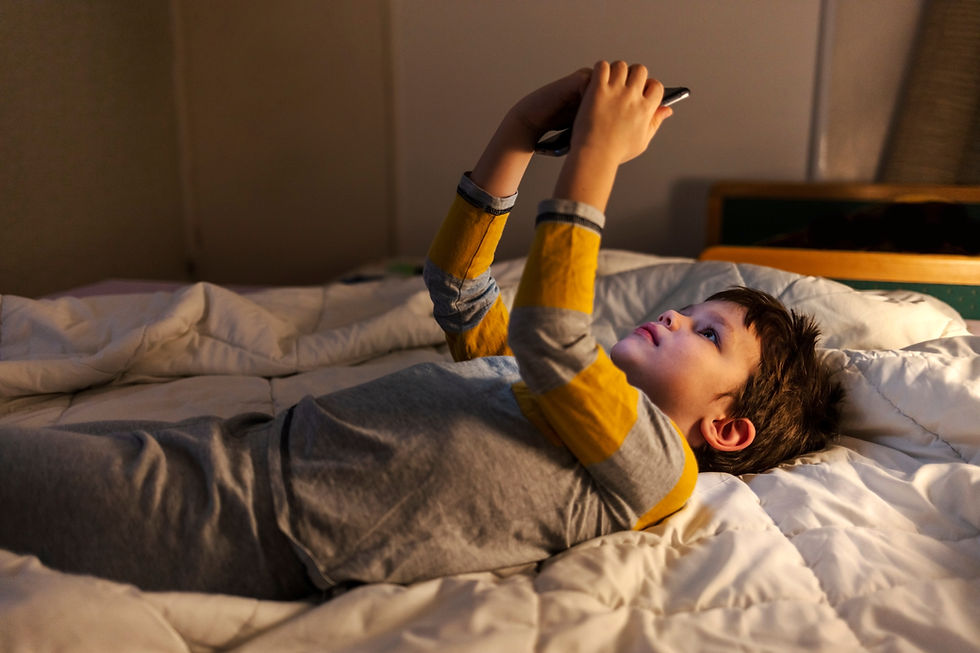

Pelvic Floor Physical Therapy
Guiding Children and Parents through the daily struggle of Bedwetting and Bowel Accidents.

What is pediatric pelvic floor physical therapy?

Move your cursor over or click the image for further details, and use the arrows to navigate.

Pediatric pelvic floor therapy,

is where the family,

with pediatric pelvic floor therapy.

Pediatric pelvic floor therapy,

I would love to hear more about the children who come to see you.


They are beautiful.

They appreciate learning new things.

And they are sometimes all over the place.

They are beautiful.


We work with children age 5 and up, but we're happy to begin earlier at age 4 to offer helpful education.

We also see kids with constipation.

And who won't tell anybody about their problem.

We work with children age 5 and up, but we're happy to begin earlier at age 4 to offer helpful education.

Please click here for our comprehensive Preteen Encopresis Guide.

What do the therapy sessions look like?

We Play


Our play suits your child's unique challenges.

We may work on strenthening their back.

And many more!

Our play suits your child's unique challenges.


Specific pelvic floor play can include many things, such as breathing awareness.

Teaching organ anatomy.

And after every visit we hope their life may feel just a tiny little bit easier.

Specific pelvic floor play can include many things, such as breathing awareness.

My child struggles, but could that be normal?
The following screening tools may be helpful for you to see if your child may need help.


To screen for pelvic floor dysfunction. (Credit Dawn Scandalcini)

Does your child usually pee less than 4 times a day?

Does your child ever feel embarrassed, anxious or don't do things with friends because of pee or poop problems?

To screen for pelvic floor dysfunction. (Credit Dawn Scandalcini)


Interoception Screen. Does you child know what is happening inside their body?

Does your child go more than 3 hours without asking for food or drink?

Are "bedtime battles" frequent in your home (more than 4x/week)?

Interoception Screen. Does you child know what is happening inside their body?


Constipation screen: Could constipation be the cause of your child's bedwetting or daytime leaking.

A history of constipation.

Withholding bowel movements.

Constipation screen: Could constipation be the cause of your child's bedwetting or daytime leaking.

My child is shy. How can you make them feel comfortable during your sessions?


We structure the visits to meet your child where they are.

We try our best to make your child feel comfortable.

We feel that it is crucial that your child bonds with our pelvic floor physical therapist.

We structure the visits to meet your child where they are.

What are your goals with pediatric pelvic floor therapy?
Our goal is a happy family and confident child.


























"Children are our greatest treasure. They are our future." —Nelson Mandela


"Let the child be the scriptwriter,

the director and

that nurtures our dreams."

"Let the child be the scriptwriter,


I have never met a therapist with so much love in her heart. She has the magic touch with kids.
She won my child over with her bubbly personality and playful attitude.
He was scared at first, but realized it was actually fun after Sunel gave him a big smile and started playing silly games with him.
He thought we were just going to her office each visit to play with her.
Little did he know each game was working on a specific skill.
We went from not being able to leave our house because of potty issues and having it rule our world, to thinking the potty is awesome and listening to our bodies when they tell us when to go! She is a miracle worker, you won't regret it.

